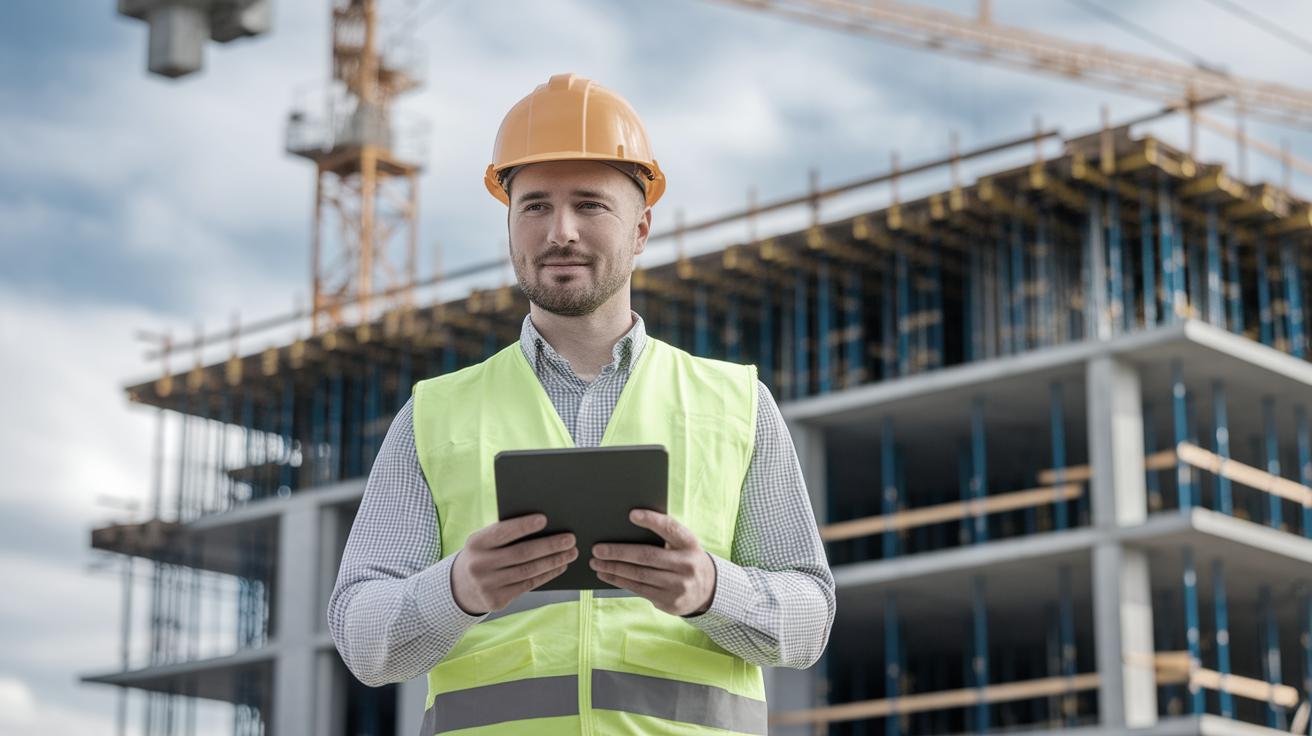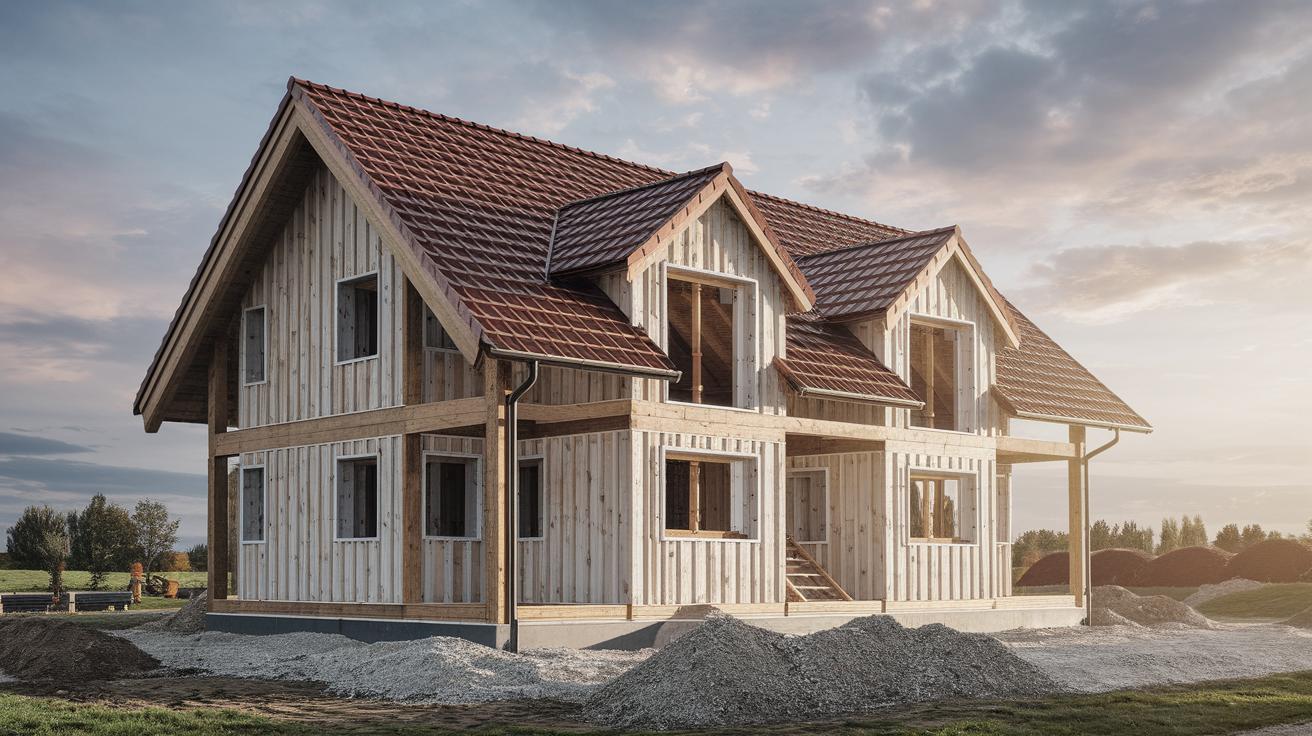How to Incorporate Energy-Efficient Solutions in Buildings
As concerns about environmental sustainability grow, many building owners and developers are looking for ways to incorporate energy-efficient solutions into their properties. Energy-efficient buildings not only help reduce environmental impact but also result in significant cost savings over time. This blog post will explore several effective strategies for making your building more energy-efficient. We’ll introduce techniques such as measuring energy use, enhancing insulation, choosing the right ventilation systems, using certified equipment, upgrading lighting to LEDs, pursuing LEED certification, calculating ROI, and additional innovative solutions. Whether you’re constructing new buildings or retrofitting existing structures, these insights will guide you toward impactful energy efficiency.
Measure your energy consumption
The first step in incorporating energy-efficient solutions is to measure your building’s current energy consumption. This provides a baseline to identify areas with high energy usage and opportunities for improvement. You can use energy audits, either through professional services or do-it-yourself tools, to track usage patterns and identify inefficiencies. Regular monitoring allows you to understand the impact of any changes you implement.
Adopting smart meters and monitoring systems can help provide real-time data on energy use. These systems highlight trends and facilitate informed decisions, showing exactly where and how energy is being consumed. In addition, by comparing this data against benchmarks, you can set realistic energy-saving goals. Ultimately, knowing where you stand is vital in implementing effective energy-efficient solutions.
Focus on insulation
Effective insulation is a key component in managing a building’s energy efficiency. Poor insulation can result in significant energy losses as heating and cooling efforts are easily negated by escaping air. Investing in quality insulation materials within the walls, roof, and even flooring of your building can help maintain an ideal indoor climate without excessive energy use.
Consider modern insulation materials such as spray foam, which expands and seals even minor leaks and gaps, or rigid foam panels that offer high insulation values. In existing buildings, evaluating the current insulation’s effectiveness is crucial. Upgrades can result in a significant reduction in energy needs for temperature regulation, leading not only to cost savings but also improved comfort for occupants.
Choose the right ventilation system
A proper ventilation system is essential for maintaining healthy air quality and energy efficiency. When selecting or upgrading ventilation systems, consider options like heat recovery ventilation (HRV) or energy recovery ventilation (ERV) systems. These systems recover energy from exhaust air and use it to condition incoming fresh air, significantly reducing HVAC loads.
Moreover, utilizing sensors and smart controls optimizes ventilation systems for less energy consumption. These controls can adjust ventilation based on occupancy and indoor air quality levels, ensuring that ventilation is provided only when necessary, thereby reducing wastage. With the right system, you can mitigate the balance between ventilation needs and energy use.
Buy certified equipment
When upgrading building systems and appliances, look for products with energy-efficient certifications, such as ENERGY STAR ratings or equivalents. Certified equipment ensures that the products meet or exceed energy efficiency guidelines, leading to reduced energy usage and lower costs over time.
Energy-efficient HVAC systems, water heaters, refrigerators, and other appliances not only save energy but often come with additional features that enhance performance and provide better overall quality. Investing in these products can often yield savings over their lifespan that more than justify the initial purchase price, contributing to a more sustainable building environment.
Use LED lights
Switching to LED lighting is one of the easiest and most impactful ways to reduce your building’s energy consumption. LEDs use significantly less energy than incandescent or fluorescent alternatives and have a substantially longer lifespan. This helps lower utility bills and reduces maintenance needs related to changing bulbs frequently.
In addition to their efficiency, LEDs offer versatility in lighting design. They are available in a variety of colors and intensities, allowing for creative lighting solutions that enhance the ambiance of your building further. As lighting constitutes a notable portion of overall energy use, transitioning to LEDs can lead to noticeable savings.
Consider upgrading to LEED
LEED (Leadership in Energy and Environmental Design) certification is a globally recognized symbol of sustainability achievement. Upgrading to LEED standards can dramatically improve a building’s energy efficiency through thorough planning and execution in areas such as materials, resources, indoor environmental quality, and energy consumption.
LEED-certified buildings often benefit from increased property value, tenant desirability, and regulatory incentives. Though pursuing LEED certification can require an upfront investment, the long-term returns, both financial and environmental, make it a worthy consideration for those committed to ultimate energy efficiency.
Calculate your return on investment
Incorporating energy-efficient solutions should not only be considered for their environmental benefits but also for the financial savings they can yield. Calculating the return on investment (ROI) on energy efficiency upgrades can help substantiate the upfront costs once the long-term savings are taken into account.
Consider using energy modeling software and consulting with energy professionals to get accurate projections. By determining the time it takes for the savings to offset initial investment costs, building owners can make informed decisions on which energy-efficient solutions are most viable for their specific situation.
More actions you can take for your building
In addition to the steps mentioned above, there are several other actions you can take to make your building more energy-efficient. Implementing smart technology solutions, such as automated thermostats and lighting controls, can help manage energy use effectively. Planting green roofs or installing solar panels can further enhance energy efficiency and sustainability.
Retrofitting older buildings to improve their energy performance, even in small increments, can lead to significant cumulative savings. Furthermore, educating building occupants on sustainable practices and the importance of energy conservation fosters an environment-conscious culture that can enhance the overall efficiency of your building operations.
Further reading
To continue learning about energy-efficient building strategies, consider exploring resources such as the U.S. Department of Energy’s Building Technologies Office, which offers insights and guidelines for energy conservation. Also, organizations like the International Energy Agency provide comprehensive data and reports on global energy efficiency trends. Engaging in further reading will keep you informed and inspire innovative approaches to enhancing energy efficiency in buildings of all sizes.
Summary of main points
| Strategy | Description |
|---|---|
| Measure your energy consumption | Collect baseline data to identify areas for improvement. |
| Focus on insulation | Invest in high-quality insulation to reduce energy loss. |
| Choose the right ventilation system | Select systems like HRV/ERV to reduce HVAC loads. |
| Buy certified equipment | Purchase equipment with energy efficiency certifications. |
| Use LED lights | Switch to LED lighting for significant energy savings. |
| Consider upgrading to LEED | Pursue LEED certification for comprehensive efficiency. |
| Calculate your return on investment | Analyze ROI to justify the costs of energy upgrades. |
| More actions you can take for your building | Implement smart technology and promote sustainable practices. |


